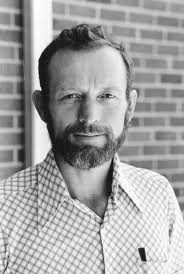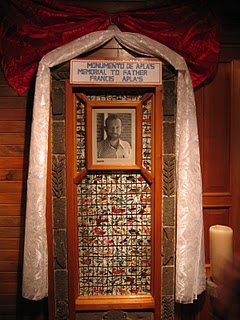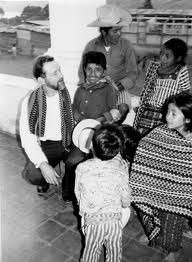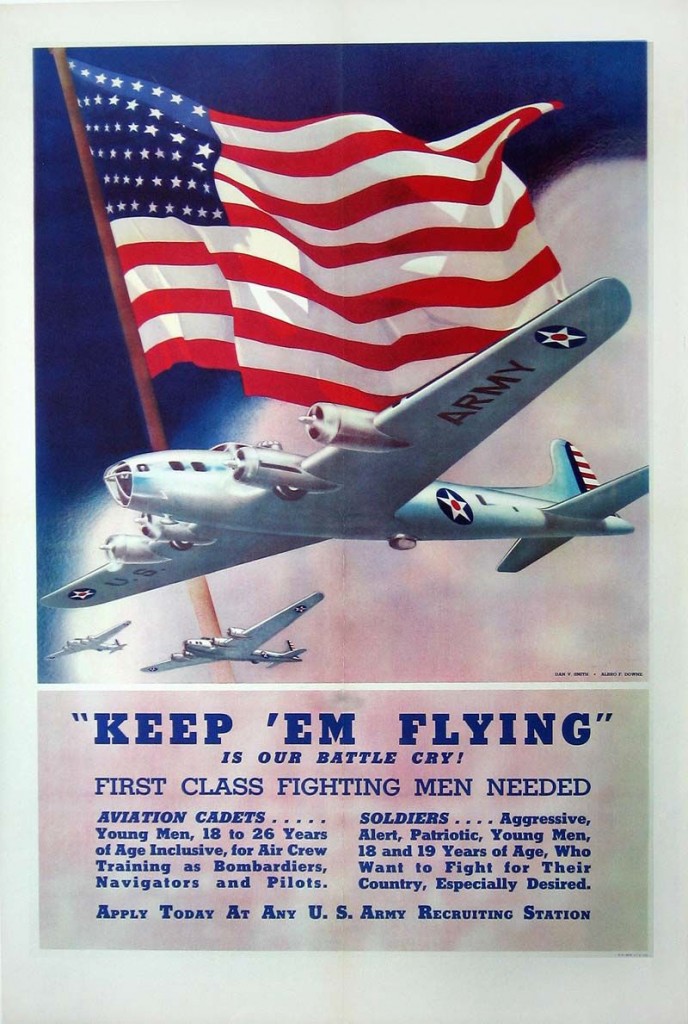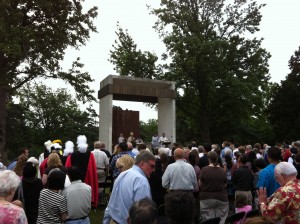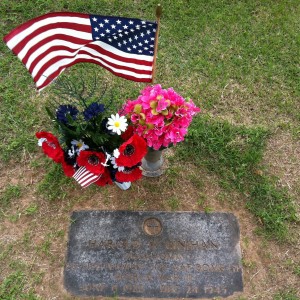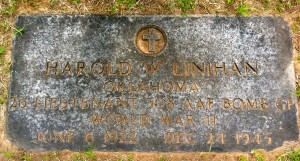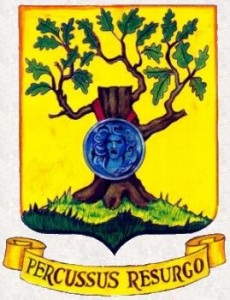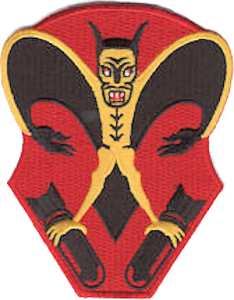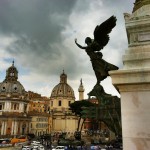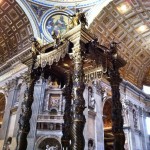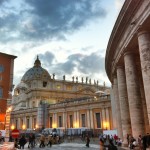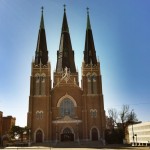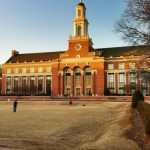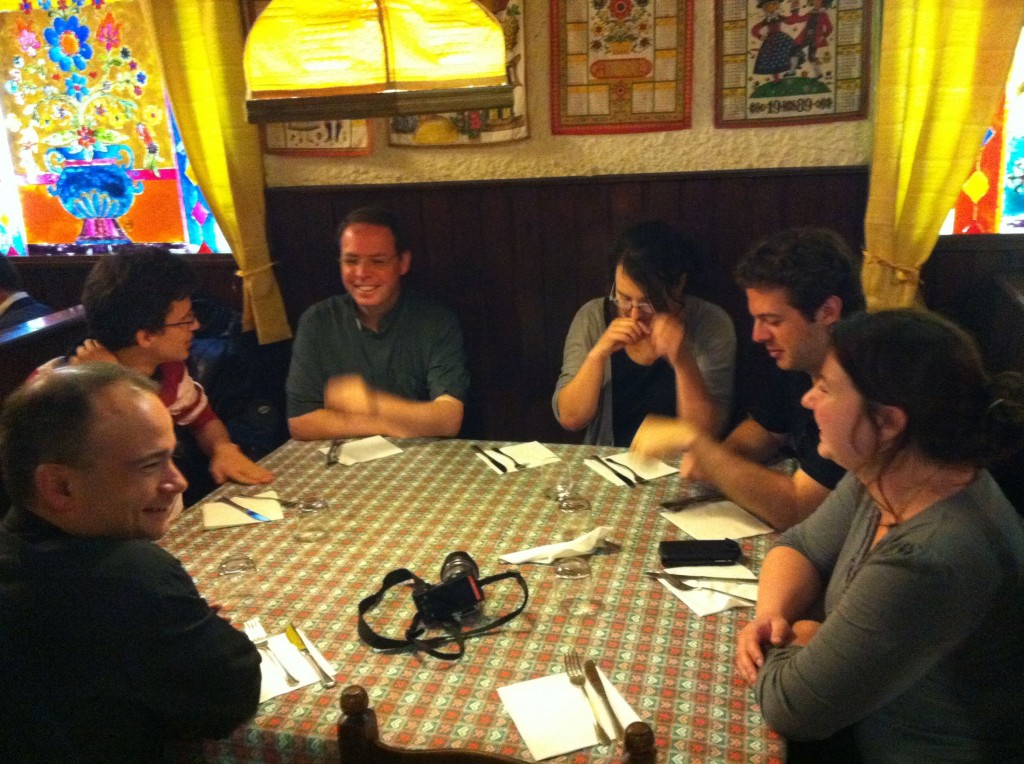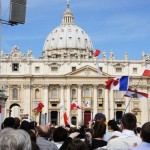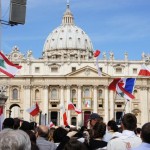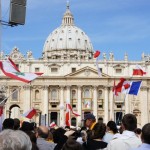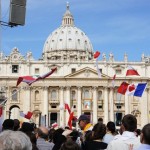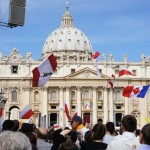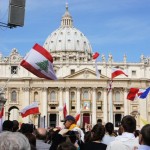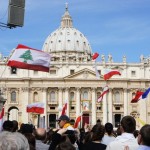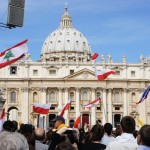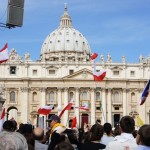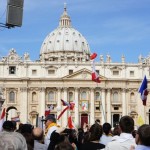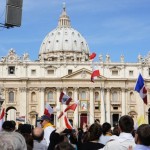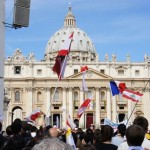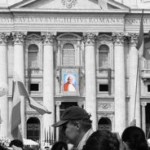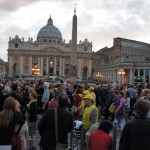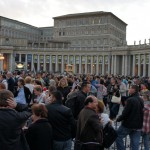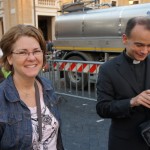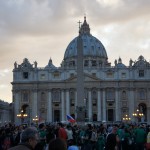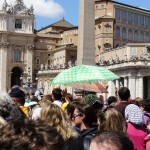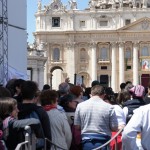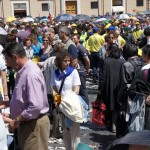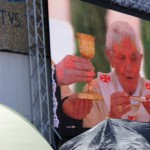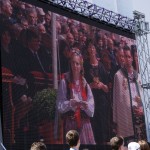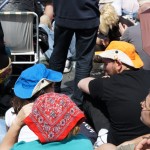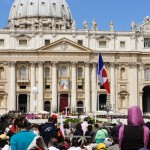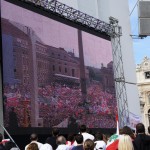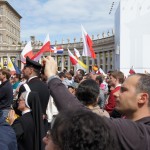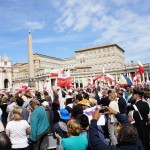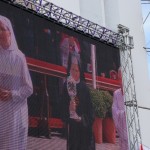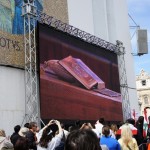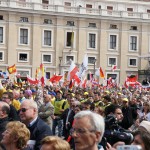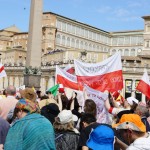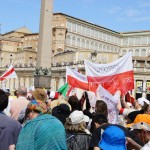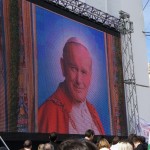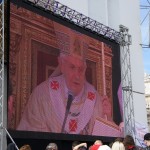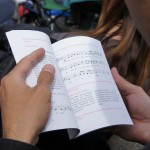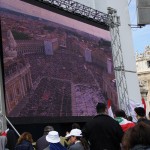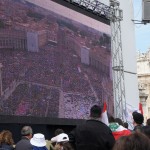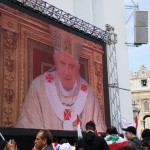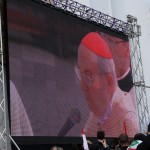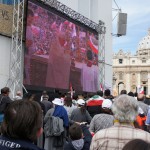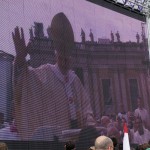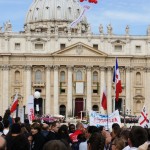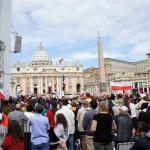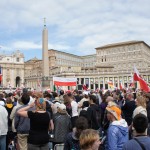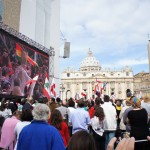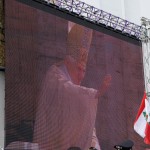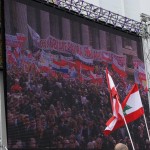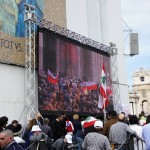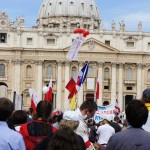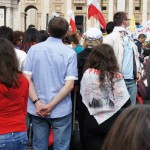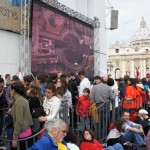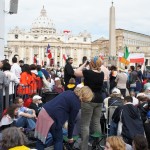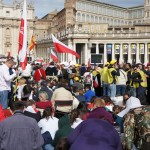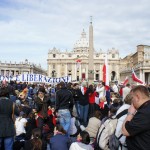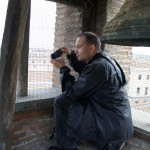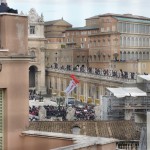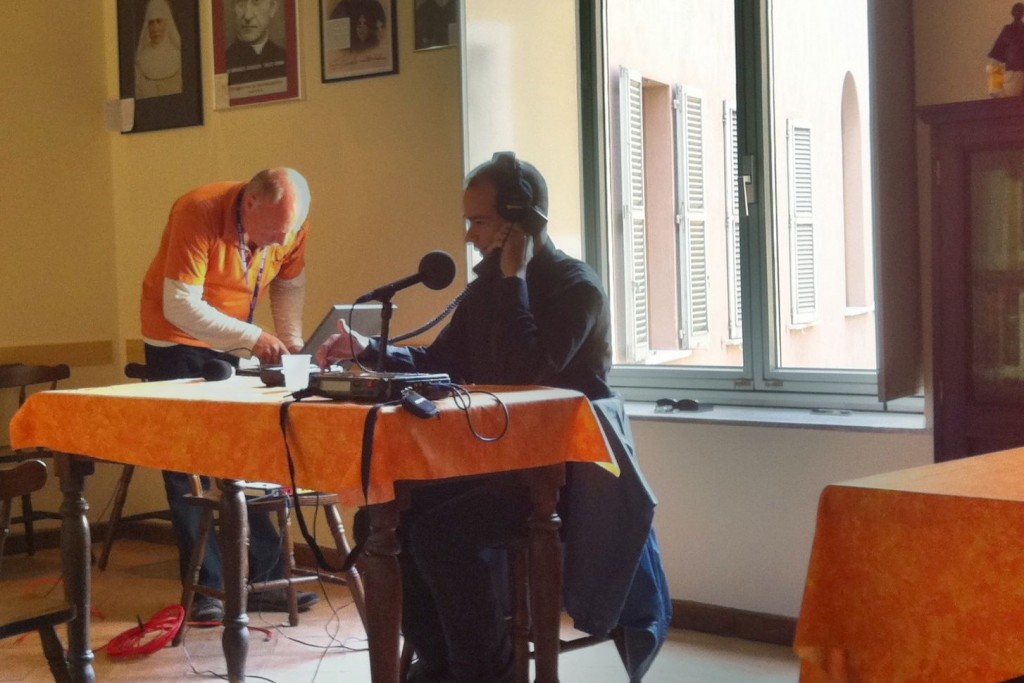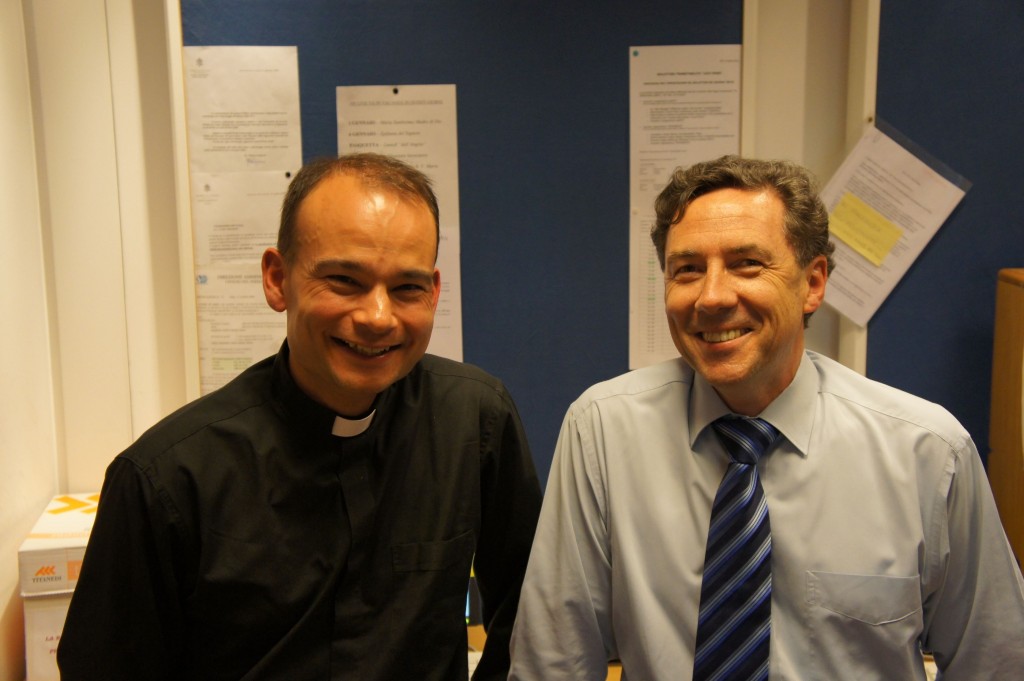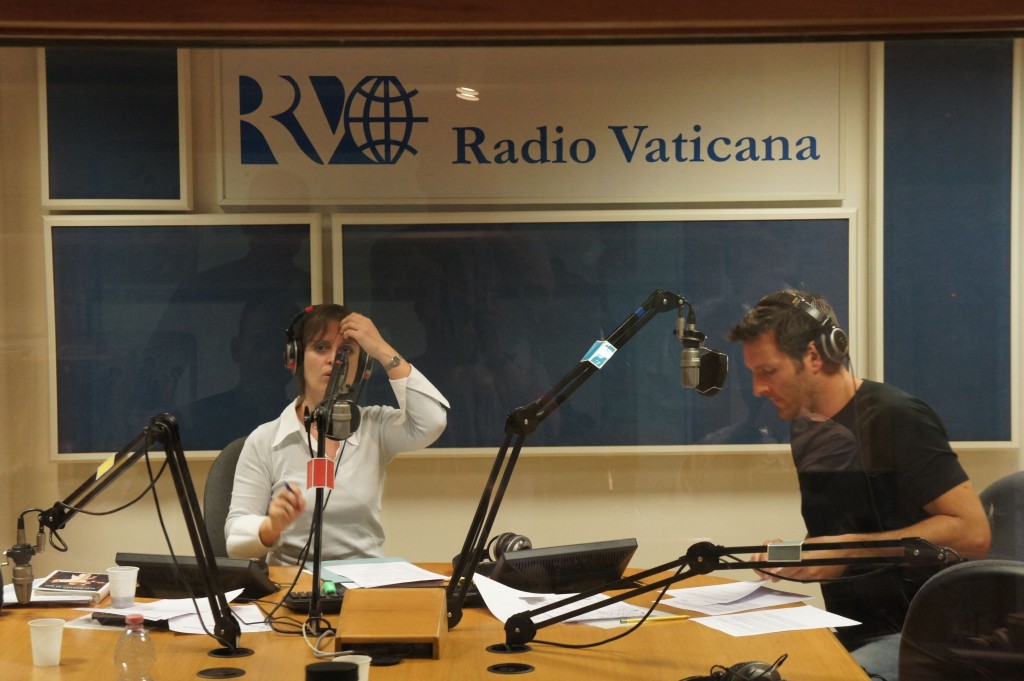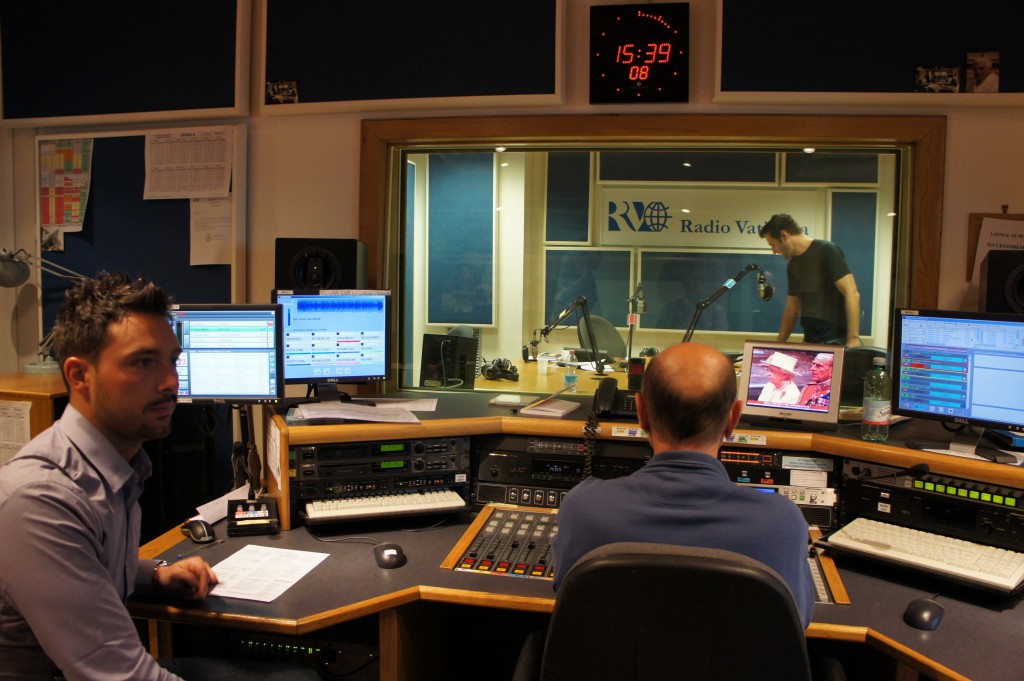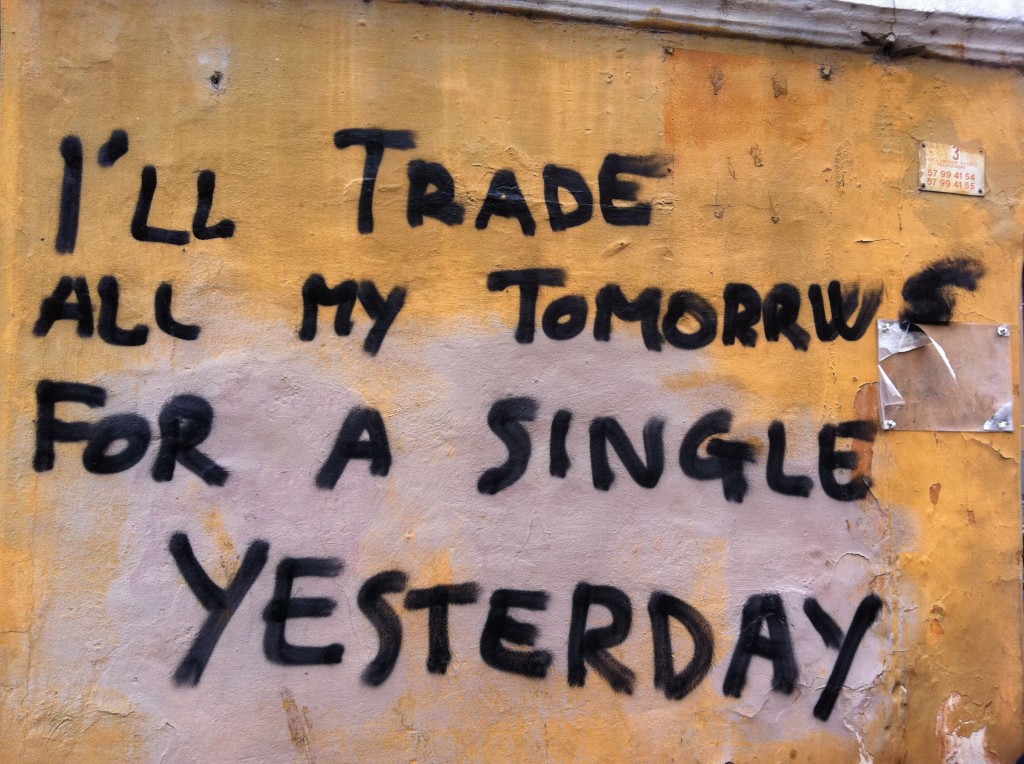Before I lose an undue number of man-points by blogging about making iced-coffee, I’m going to blame my friend Pat Padley (patrickpadley.com).
He pointed to me to this post on The Pioneer Woman blog. What Ree Drummond does on her site is the epitome of what I think websites should be. The photography alone is reason enough to spend alot of time on her site. It also doesn’t hurt that she’s an Oklahoman, living not all that far from Tulsa. (“Yeeow! A-yip-i-o-ee-ay!”)
Anyway, ever since some Cajun oilfield workers challenged my manhood and put hair on my chest by convincing me to drink heavily sugared chicory coffee, I’ve slowly become a fiend for the stuff.
A true Italian cappuccino on a cold morning in Rome is the stuff of legend. On the other hand, on a summer morning in Oklahoma, when it’s 85 degrees by 9am, iced coffee, better yet, iced mocha coffee, is a better choice.
So, when Pat drew my attention to Ree’s post from a few days ago, I thought I would give it a try.
Note: if you’d like to learn how to make this by looking at pretty photos and reading witty verbage – go to the post above. My experience was, shall I say, not as pretty and quite a bit more work than I expected.
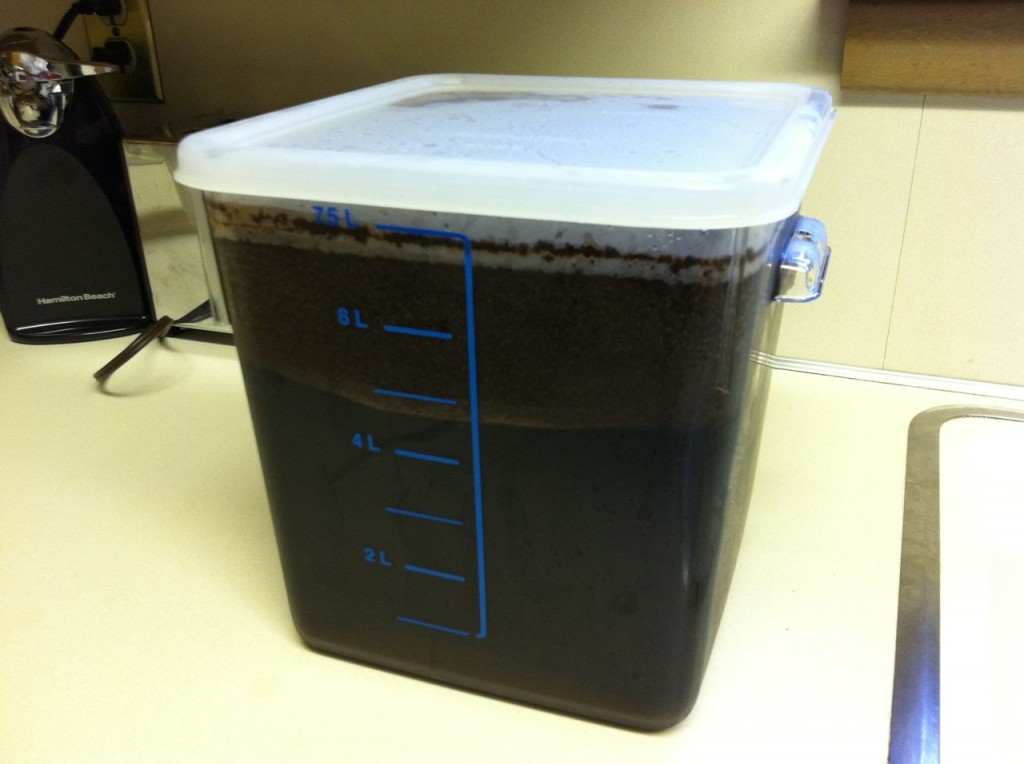
Steeping Coffee
Step 1: Steep 1lb of ground coffee in 2 gallons of water.
Seems easy enough. I had the coffee. I had the tub. I had the space in my frig (guy, ya know). Mixed up and stored overnight, about 12 hours or so in my case.
What resulted was this awesome smelling sludge that appeared to have great potential. Just looking at it took me back to my college summers working in the oilfields of Monument, New Mexico. The gunk at the bottom of pumpjack cellars looks something like this.
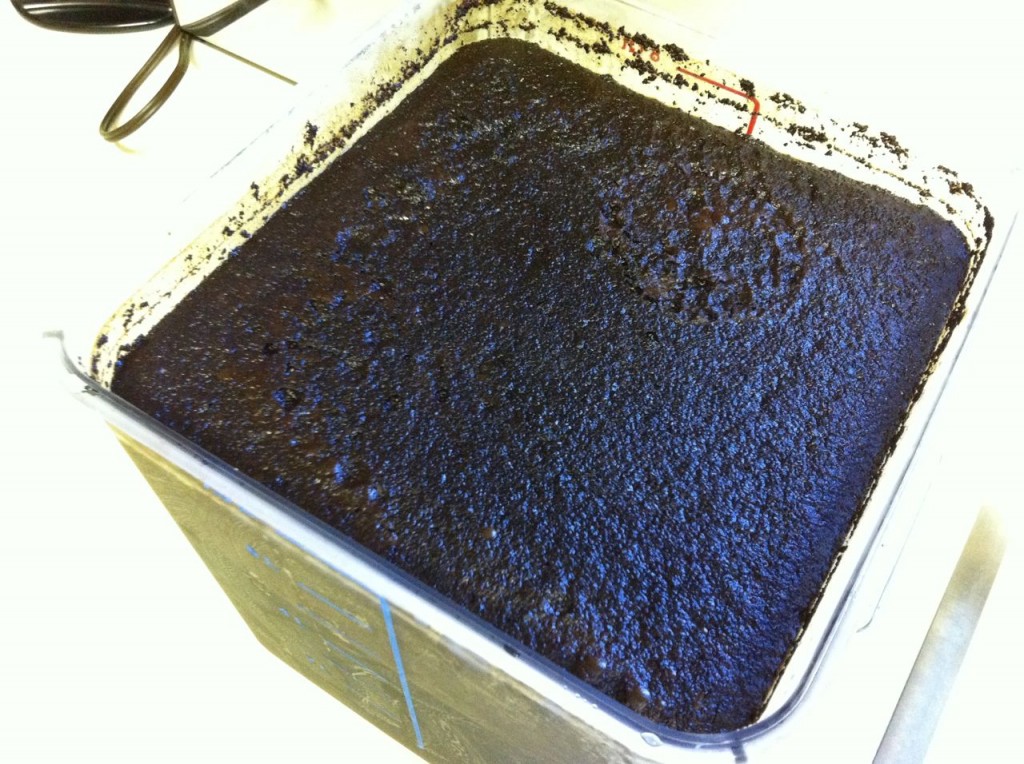
Sludge with potential
Step 2: Strain out the coffee grounds
This doesn’t sound as icky as it turned out to be. Coffee, in large amounts, tends to have an oily component that coats the things that it comes into contact with.
Ree is clearly more accomplished at this than I am, and probably has the right equipment to do this without endangering her home.
My first attempt was to use some coffee filters in a large strainer. Didn’t work. The filters became clogged very quickly with so many coffee grounds involved, so I switched to another strategy.
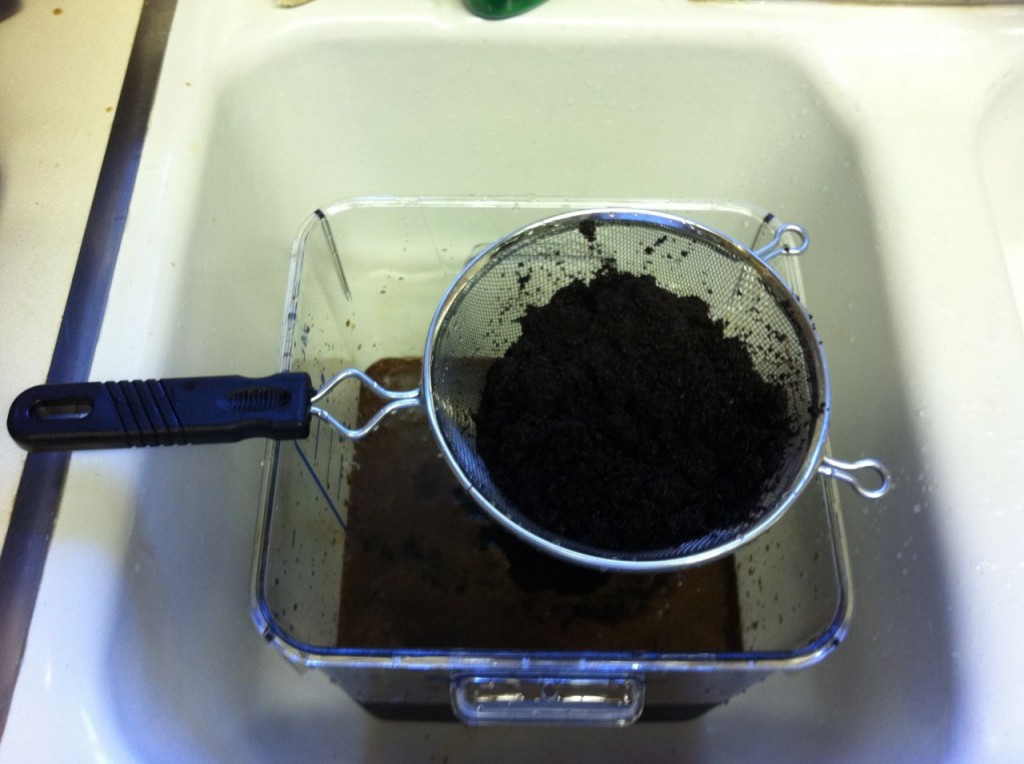
Bulk straining of the sludge
Step 2a, 2b: Remove bulk of grounds with strainer
Two passes seemed to do the trick. Out of self-defense, I used the kitchen sink to avoid what might have been spectacular devastation of my kitchen. I endeavored to be as sanitary as possible, but splattering was still a problem.
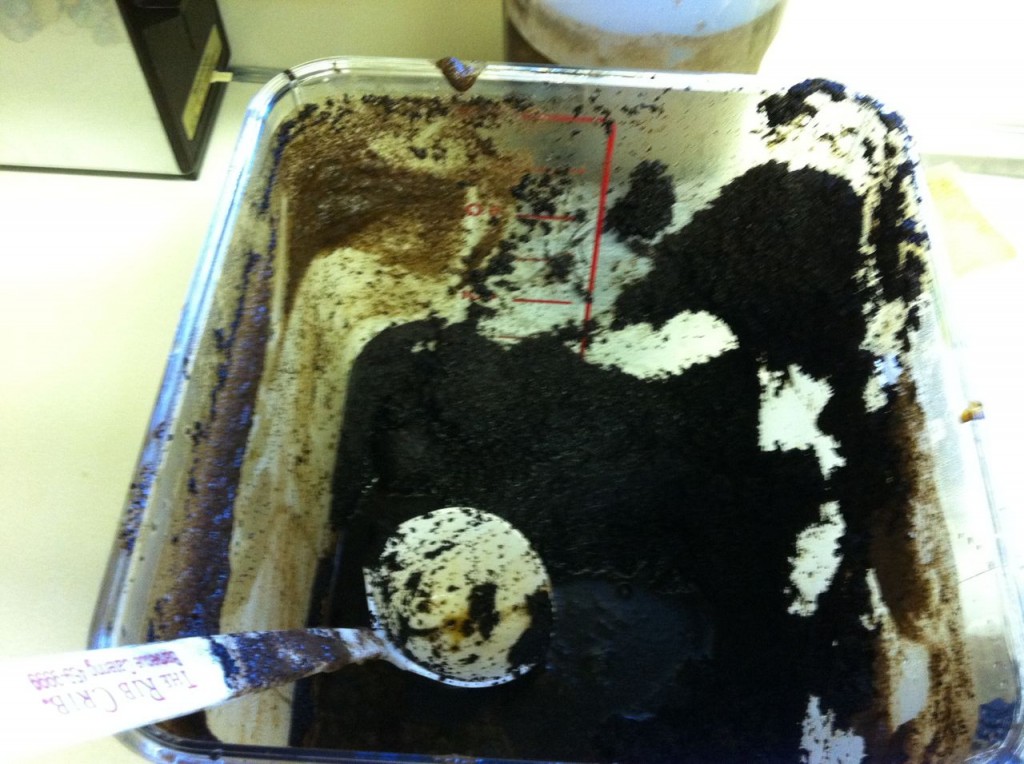
Dregs of the sludge
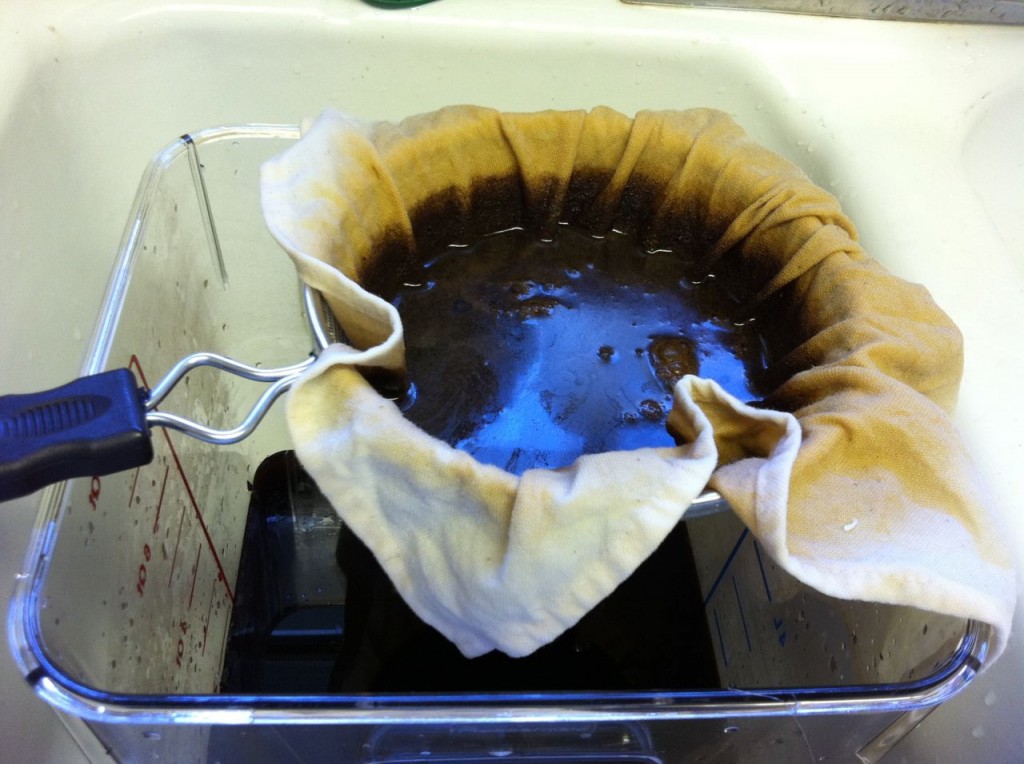
Straining through cloth. More coffee-like than sludge-like now
Step 2c: Strain through cloth
Things were looking up at this point but clearly there were still some solids to be removed. Of course if you don’t mind chewing some of your coffee, you might skip this step.
All in all, I think it took about an hour to de-sludge this concoction and I ended up with about 5 quarts of pretty intense coffee.
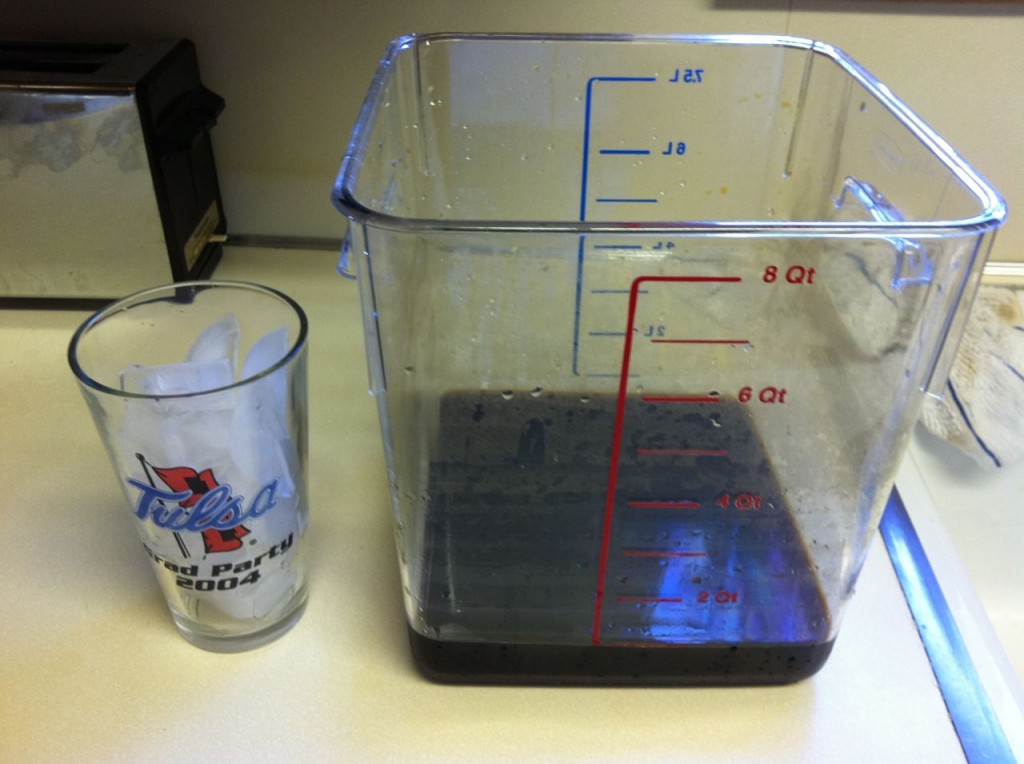
Preparing the first beverage.
Step 3: Prepare the beverage
OK, there’s nothing magical in this step. I basically followed Ree’s sage advice.
- 1 tall glass of ice.
- fill glass halfway with coffee. (I used the leftover part that wouldn’t fit in my other containers. It was closer to room temperature. I wish I had used chilled coffee to avoid melting the ice too quickly)
- fill rest of the glass with cream-like choice. I avoid dairy, so I used organic chocolate soy milk (yes, I’m aware of the problems associated with soy, but what can you do?)
- sugar to taste (I added about 1/2 teaspoon of table sugar, but I think it would be OK without it.)

Tasty beverage.
Step 4: Enjoy tasty beverage
I have to admit, this turned out really well. I’ll have to wait to see how it goes as I drink more of this batch to see how I ultimately feel about it. I wish it was creamier, so I agree with Ree’s suggestion to use half-and-half if you can. Otherwise, so far so good.
I will say that this stuff packs a punch! I had two tall glasses this morning and whoa! It was probably the equivalent of drinking 3-4 cups of regular coffee.
I can feel the buzz still. In fact, my left leg is bouncing up and down as I type this entry. You know that feeling, don’t ya?
Give this a try, but know your limits. I’m off to find some protein which will hopefully serve as a caffeine antidote.
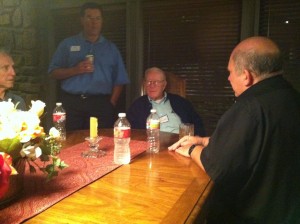 First, to get the members of the mission team preparing to visit the mission in November together. There is much work still to be done to pull off this particular trip, and it was important for them to meet Fr. Meaux.
First, to get the members of the mission team preparing to visit the mission in November together. There is much work still to be done to pull off this particular trip, and it was important for them to meet Fr. Meaux.









